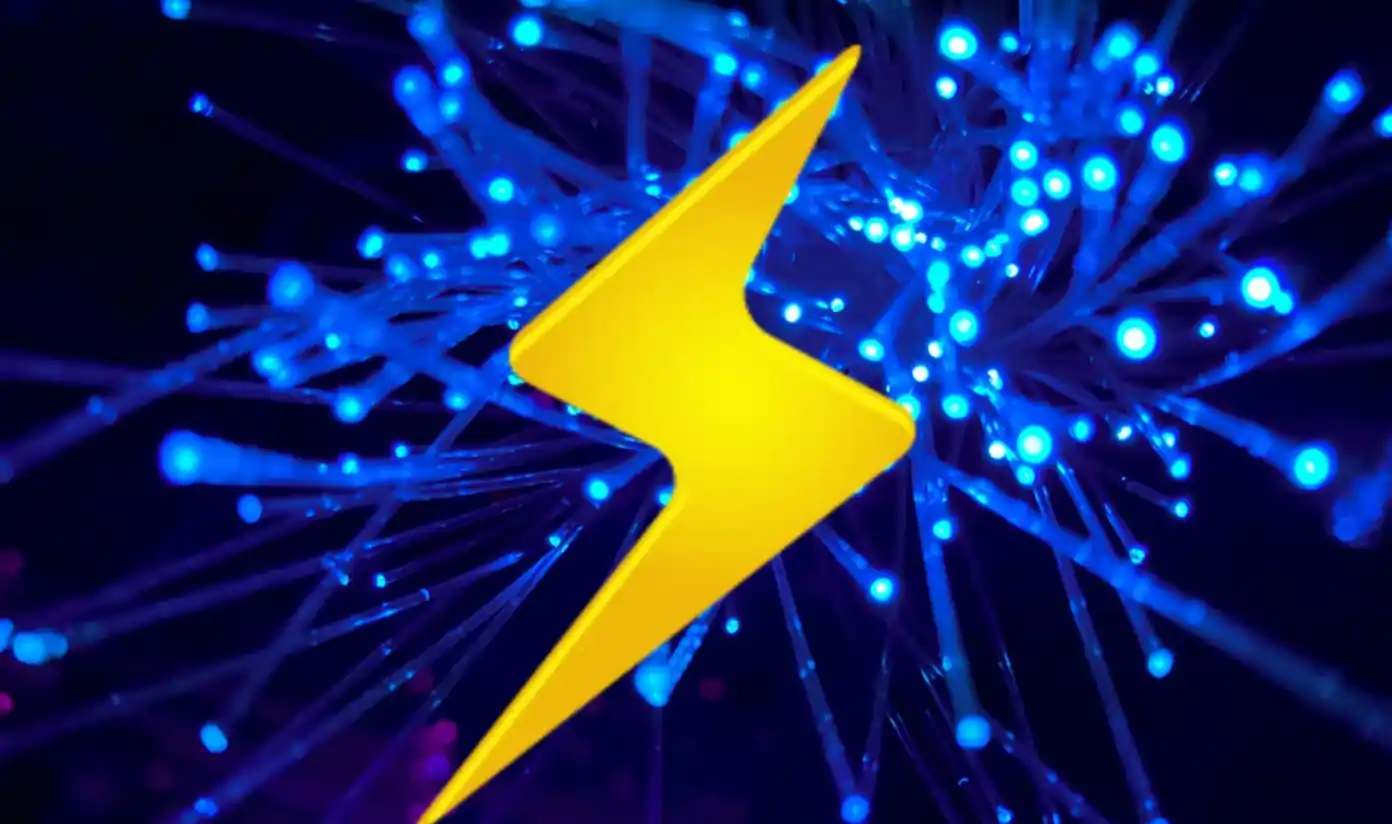Lightning network: what it is and why this Bitcoin solution could change everything for cryptocurrencies
In a world where technological evolution is not slowing down and cryptocurrencies are gaining ground, Lightning Network promises to revolutionize the way transactions are made. What it is and how it could be a game changer for Bitcoin and its scalability.
Imagine a future where cryptocurrencies are common currency and instant, inexpensive payments are the norm. While it may seem too good to be true, such could be the time of the Lightning Network, a solution that would take Bitcoin (BTC) to another level of scalability and revolutionize the massification of crypto tools.
In a world where cryptocurrency adoption is steadily increasing, the challenge of scaling Bitcoin has become more urgent than ever. But now, thanks to the Lightning Network, a second-layer network designed specifically to address this problem, BTC scalability is looking like an achievable reality.
What is the Lightning Network and how did it come about?
The Lightning Network operates as an additional network that overlays Bitcoin, unlocking its true potential. It enables instant, low-cost transactions, defying the speed and fee limitations that have so far plagued the system.
The development of this revolutionary technology began with visionaries Joseph Poon and Thaddeus Dryja, but is now being driven by prominent companies such as Blockstream, Lightning Labs and ACINQ.
Also, the Lightning Network’s whitepaper provides an in-depth look at this innovation and is available on its official website.
Lightning Network: what is the importance for Bitcoin?
But why is it crucial to improve Bitcoin’s scalability?
The answer lies in the exponential growth of its use. As more people adopt cryptocurrencies as a medium of exchange, the Bitcoin network faces a challenge: its current capacity to process only a few transactions per second.
This bottleneck leads to network slowdowns and high transaction fees. Imagine trying to send a $1 payment and having to pay more in transaction fees. It’s a frustrating situation that hinders the widespread use of Bitcoin as everyday money.
This is precisely where the Lightning Network comes in, offering a promising solution. Its operation is based on so-called payment channels, which act as fast lanes for transactions. These channels allow users to make instant payments to each other, without relying on the congestion of the main Bitcoin network.
Payment channels: why they are key and what they are for
Payment channels are multi-signature transactions on the blockchain, where the parties involved establish agreements and make exchanges of funds privately and efficiently.
These channels can remain open for set periods of time, which facilitates the constant flow of payments without overloading the main network.
In this way, the Lightning Network not only improves transaction speed and efficiency, but also offers unprecedented scalability for Bitcoin.
With its potential to process massive transaction volume quickly and cost-effectively, Lightning Network could be the catalyst that takes Bitcoin to a new level of global adoption.
Ultimately, Lightning Network is an innovative solution for Bitcoin scalability.
Its effective implementation could pave the way to a future where cryptocurrencies are an integral part of our daily lives, facilitating fast, secure and inexpensive payments.
For all these reasons, we must continue to explore the possibilities of Lightning Network and the transformative impact it could have on the crypto landscape.

